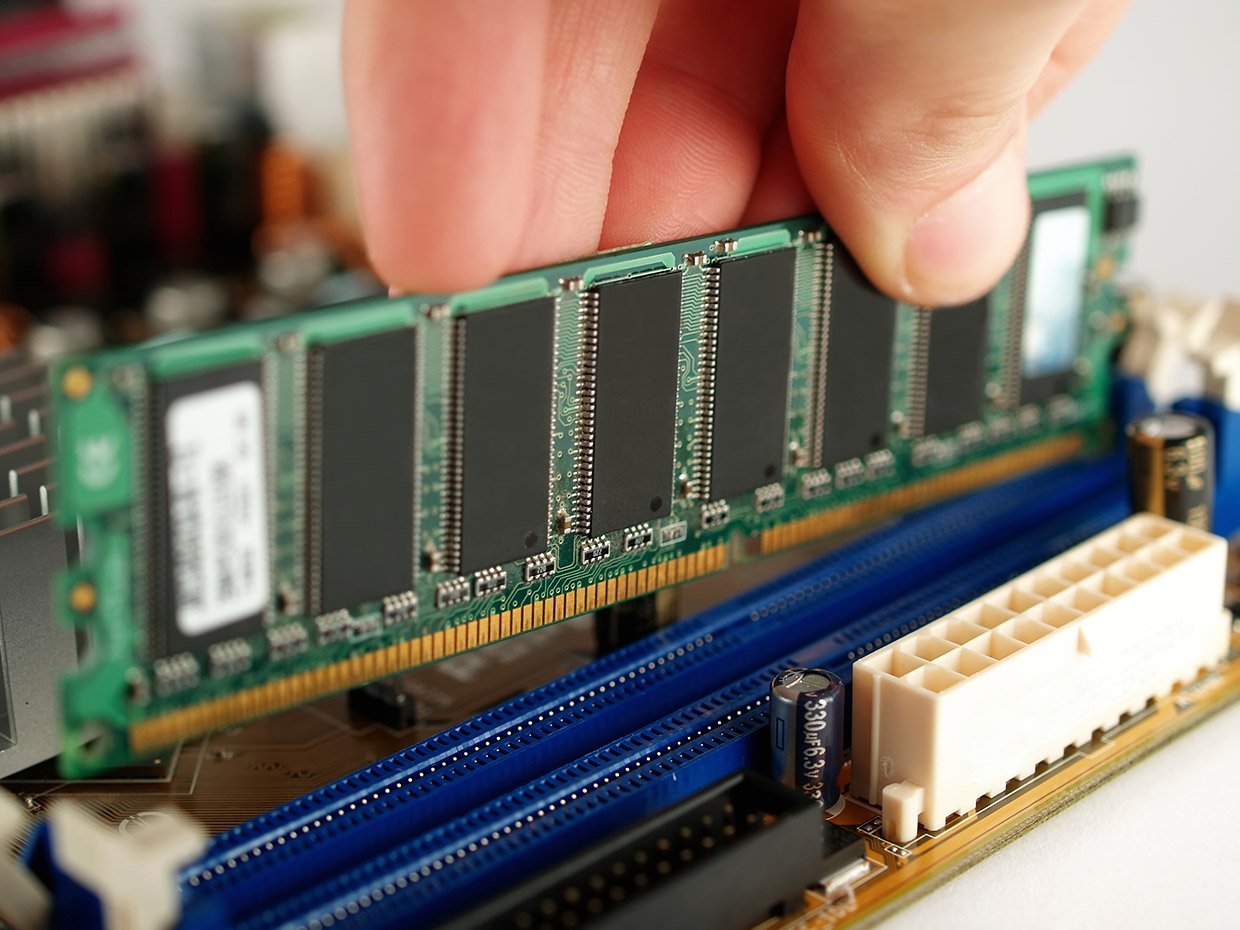Online classes are common these days. Post-pandemic, it has become more common and is highly demanding and convenient.
For online classes, students need some electronic gadgets like laptops or mobile, etc, so that they can attend classes seamlessly.
A laptop with good RAM works with no problem or smoothly, and one can complete tasks efficiently, this is all a student wants. In this article, we will know is 4GB RAM enough for student laptops.
Now the question is how many GB of RAM do you need? Is your laptop RAM enough for you? These questions can be difficult for you if you are not tech-savvy.
Generally, most laptops can have 4 GB RAM, which is sufficient for basic tasks. You can do simple coding and browse with 4 GB RAM, but if you need to work on photoshop, video editing and gaming, then 8 GB RAM is recommended, and it is more than enough, So it depends on your type of work.
What is RAM?

The full form of RAM is random access memory, and it is a core component of computing. RAM works as a temporary memory bank in which your computer stores data it needs to access quickly. RAM stores data instantly accessible so that your processor can quickly find it without having to search for it in long-term storage to complete immediate processing tasks. Compared to other forms of storage like a hard disc drive (HDD), solid-state drive (SSD), or optical drive, it is much faster to read from and write to.
RAM is unstable. This means when your computer is on, it will keep data as long as but when your computer stops, it will be lost. The operating system and other information are typically read back into RAM when a computer reboots from an HDD or SSD.
Random access memory is available in every computing device from the desktop computer, a tablet or smartphone or even in a smart TV. Almost all computers have a way of storing data for later access. But your computer’s RAM stores and provides access to the memory needed to run the process you are now working on.
Is 4GB RAM Enough for student laptop?

8 GB RAM is sufficient for most college-going students. But if they do a lot of data work, then they should consider 16GB of RAM. Otherwise, 8GB RAM is okay for daily work and productivity. If you are using high adobe software’s for your work, think about upgrading to 16GB or more.
For gaming, you need 16GB to 32GB of RAM. If you do a lot of video production and editing, you may need 32GB of RAM to ensure that several programs can run efficiently and simultaneously. For audio production, 8GB of RAM is perfectly fine until you do not work with more sound libraries. If you do, 16GB to 32GB is more than enough. A videographer and Photographer who work on High Adobe software’s needs 16 GB RAM at least. 3D rendering and professional use for engineers, professional A/V editors, and similar kinds need 64 GB of RAM or may go higher.
How much RAM does Zoom use?
If you have a strong processor, 8GB RAM is enough to run a smooth Zoom meeting. However, you can manage your zoom meeting with 4GB RAM or higher for 1:1 video calls but for a better experience with Zoom meetings, 8GB Ram with a dual-core processor is recommended.
Last but not least, students can manage their basic work with 4GB of RAM but for more processing and wide use, one needs more than 4GB depending on their types of work and usage, there is no such limitation.
We hope that you are clear that is 4GB RAM enough for student laptop.
FAQ’s
1. What is the full form of RAM?
The full form of RAM is Random Access Memory.
2. Is 4GB RAM fine for the laptop to handle online classes?
If you have a basic work like simple simple coding and browsing then, 4GB RAM is enough but then 8GB RAM is needed if you have work like photoshop, video editing and gaming,
3. How many GB of RAM does a college student need?
A college need 8GB RAM who has more processing work to do smoothly and simultaneously.
4. How much RAM does Zoom use?
8GB RAM is enough to run a smooth Zoom meeting with a dual-core processor.
5. Is 4GB of RAM enough for programming?
In the beginning, it is fine for simple code but not enough for broader programming.
